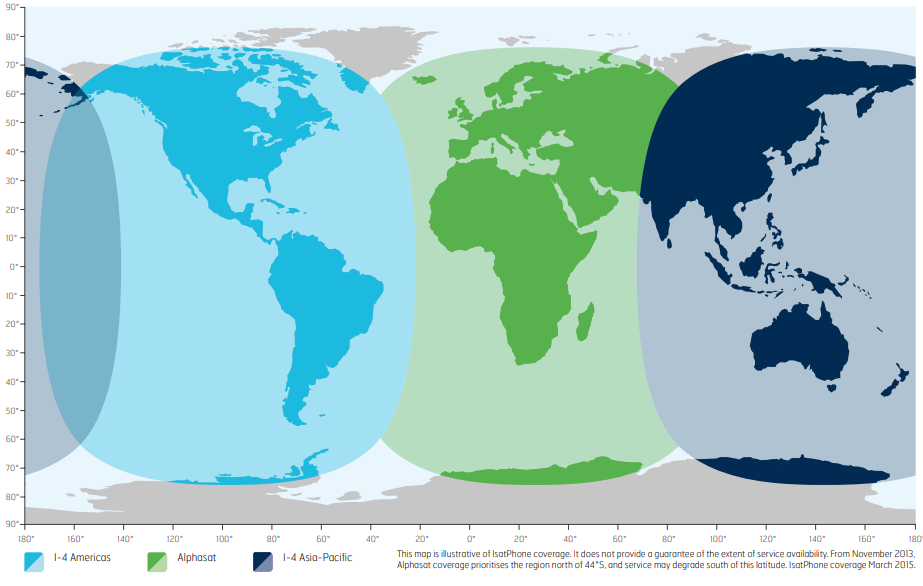IsatHub Group - Line Access - 750 MB Plan | $3.99/Additional MB | $2,599.00/month
$2,599.00
SKU
ISAT-GRO-LINE-ACCS-91472
Same day delivery
Hassle Free Returns
24/7 Support
(813) 922-8999
(813) 922-8999
 IsatHub Group - Line Access - 100 MB Plan | $4.99/Additional MB | $399.00/month
Previous
IsatHub Group - Line Access - 100 MB Plan | $4.99/Additional MB | $399.00/month
Previous

| Airtime Group | IsatHub Airtime |
|---|---|
| SKU | ISAT-GRO-LINE-ACCS-91472 |
| Use physical product data | No |
| Plan Type | Monthly |
| Contract Length | 12 |
| Minutes Included | 0 |
| Coverage Area | Global |
| Item Returns | Sorry, the item can't be returned |




